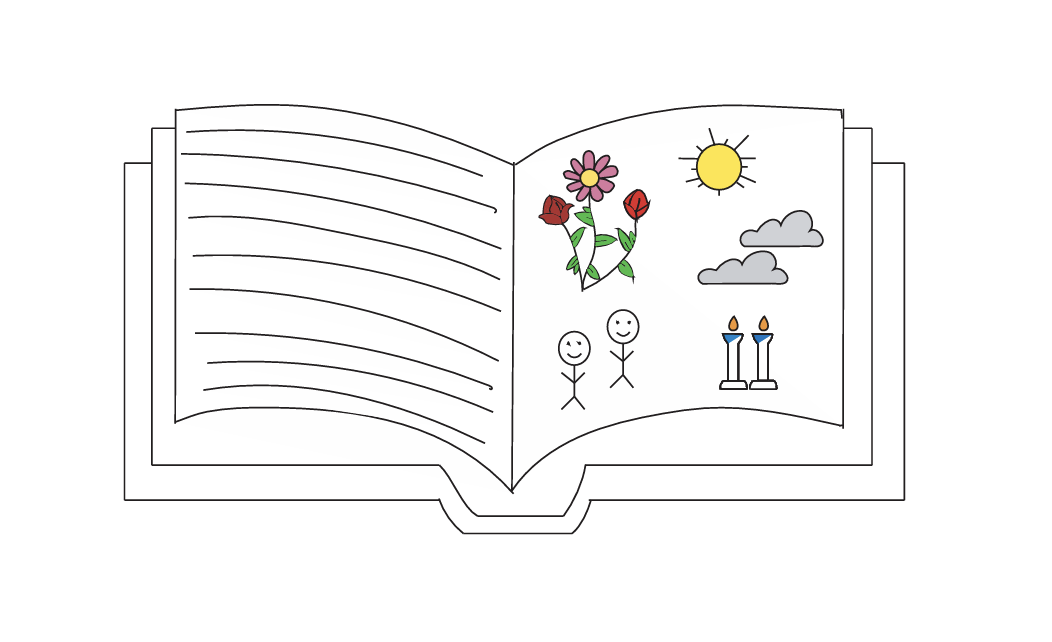With Rosh Hashanah and Simchat Torah, we marked the beginning of both the new year and the start of the Torah once again. In the very beginning of Bereshit we see wine has a special role to play – starting with Adam Harishon, the first man.
Adam’s sin was eating from the tree of knowledge, also known as the tree of good and evil – tov v’rah. According to an opinion in the Gemara, the fruit was a grape.
“And when the woman saw that the tree was good for food, and that it was a delight to the eyes, and that the tree was to be desired to make one wise, she took of the fruit thereof, and did eat it; and she gave also unto her husband with her, and he did eat,” says Bereshit Perek 3, pasukim 6 and 7. “And the eyes of them both were opened, and they knew that were naked…”
After eating the grape, Adam became aware of good and bad.
In this week’s parsha, we see that Noach had an explicit encounter with wine: “And he drank of the wine and was drunken; and he was uncovered within his tent” (Bereshit Perek 9, Pasuk 21). In both cases, with two of humanity’s fathers, there is an encounter with wine, and it shows that wine can bring out a part of oneself he didn’t expect.
Is this important?
We must understand that no detail or letter is insignificant in the Torah. To find the message we must look more deeply into the essence of wine and its purpose in Judaism.
The Maharal states that wine is used as a means for accessing new levels of kedushah, or holiness. Think about all the occasions that wine is a part of: kiddush, Purim, weddings, brit milah, and so forth. In all of these, wine is used to heighten the level of holiness of the day or event.
At the conclusion of Shabbat, during Havdallah, we bless the wine and note that the moment that is separating kodesh l’chol, holiness from the everyday, the norm. Listen closely to the Maharal and realize that if you can experience Shabbat properly, then from week to week, your level of kedushah cycles on a higher and higher madreiga, or level. The only question is, how does wine carry out that role? What is the mechanism of wine?
A famous statement from the Gemara says “Wine enters and secrets come out.” The simplistic explanation is that with the misuse of wine, bad decisions are likely to occur. The Anheuser-Busch brewery in St. Louis states that with the sudden halt of production of beer, the Midwest would completely consume all its beer in 18 hours! Try to contemplate all the misuse of alcohol not only in the Midwest, but in the world.
But we must also see the value of wine. The numerical value for the Hebrew letters spelling wine – yayin — is 70, which happens to be the same as the value of the word secret sod. Maybe not all the secrets that wine brings out are necessarily bad. The essence of a secret is its hidden truth. We use wine as a means to bring out the secrets of a seemingly simple day.
Thus, wine is the secret of the grape. One who sees the grape for what it’s truly worth has the ability to make wines worth large sums of money. It’s all about perception. We need to look carefully and try to understand the spiritual essence of this world. The word yayin even relates to perception. The numerical value of the letter ayin is 70 as well. The meaning, if literally taken, is an eye. This means we can learn the power of perception from wine.
Just as the tree of knowledge is known as the tree of good and bad, so too can wine be used for good and bad. Adam used the grape for the wrong purposes. Let it be that we start this new year with stronger perception and a deeper look into our world.
Next time you see something that seems bad, look deeper into the situation. People make mistakes, but it is up to us to understand. It is our job to use the good in everything to the best of our abilities.
And use the grape this Shabbat as well, so you may be able to lift your holiness to the highest levels of the heavens. Shabbat Shalom.
This D’var Torah was inspired
by Gershie Meisel.






